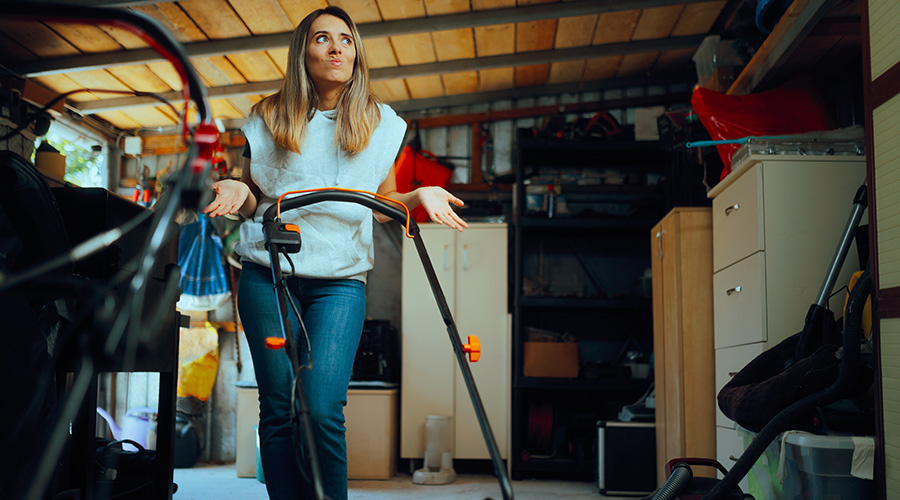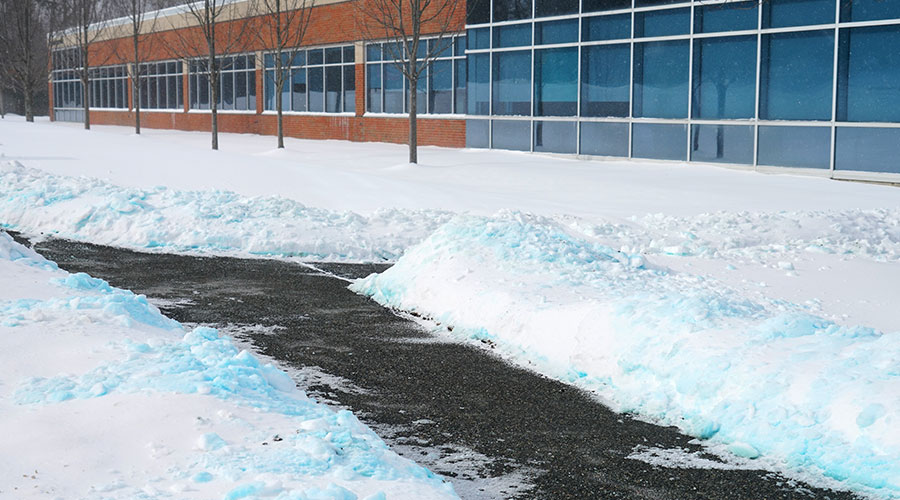Project Planning: Grounds, Utilities, and Facility Managers Work Together
Although Holysz spearheads primarily landscape and hardscape projects, his department does play a role in building projects, as well. He provides a perspective university architects or facility professionals might not have. For example, because the landscape services department spends much of its time digging into the campus, Holysz knows better than anyone the materials that lie underneath the green grass and vibrant landscapes.
"If they don't have the information pertinent to what's underneath the ground, it gets messy in a hurry," he says. "Above ground looks beautiful. There are no wires anywhere, and there are trees and grass. But below ground, it's a junkyard underneath there, so you better know what's underneath it."
Because Holysz participates in the early stages of projects, it helps avoid unnecessary labor and costs down the road. He works closely with utilities and facilities personnel on campus to better understand their goals.
"Our utility guys are the big ones," he says. "We have one guy that takes care of engineering and utilities, but then he disseminates down to all the managers. I meet with those guys. We meet with the electrical engineers and the storm water people, which is an offshoot from the utilities. We always check our (geographic information system) people for the mapping to see where things are. We also go through the university architects, and basically we're looking at future things with them. They're looking at master planning, building sites, and renovations."
Before beginning a project, Holysz and his workers need to understand the type of equipment the area will permit without damaging adjacent landscapes or turf.
"We're in the process of master planning the campus," he says. "Most universities have three different areas in how you master plan. You have classroom buildings, you have housing units — residence halls and apartments — and you have visitor venues — a lot of that goes into athletics. Once you master plan and once you start looking at landscapes, there are certain areas you want to stay off of, and there are certain areas you can go through with the heaviest equipment that you want."
Related Topics:















